This tangy spread is quick and easy!
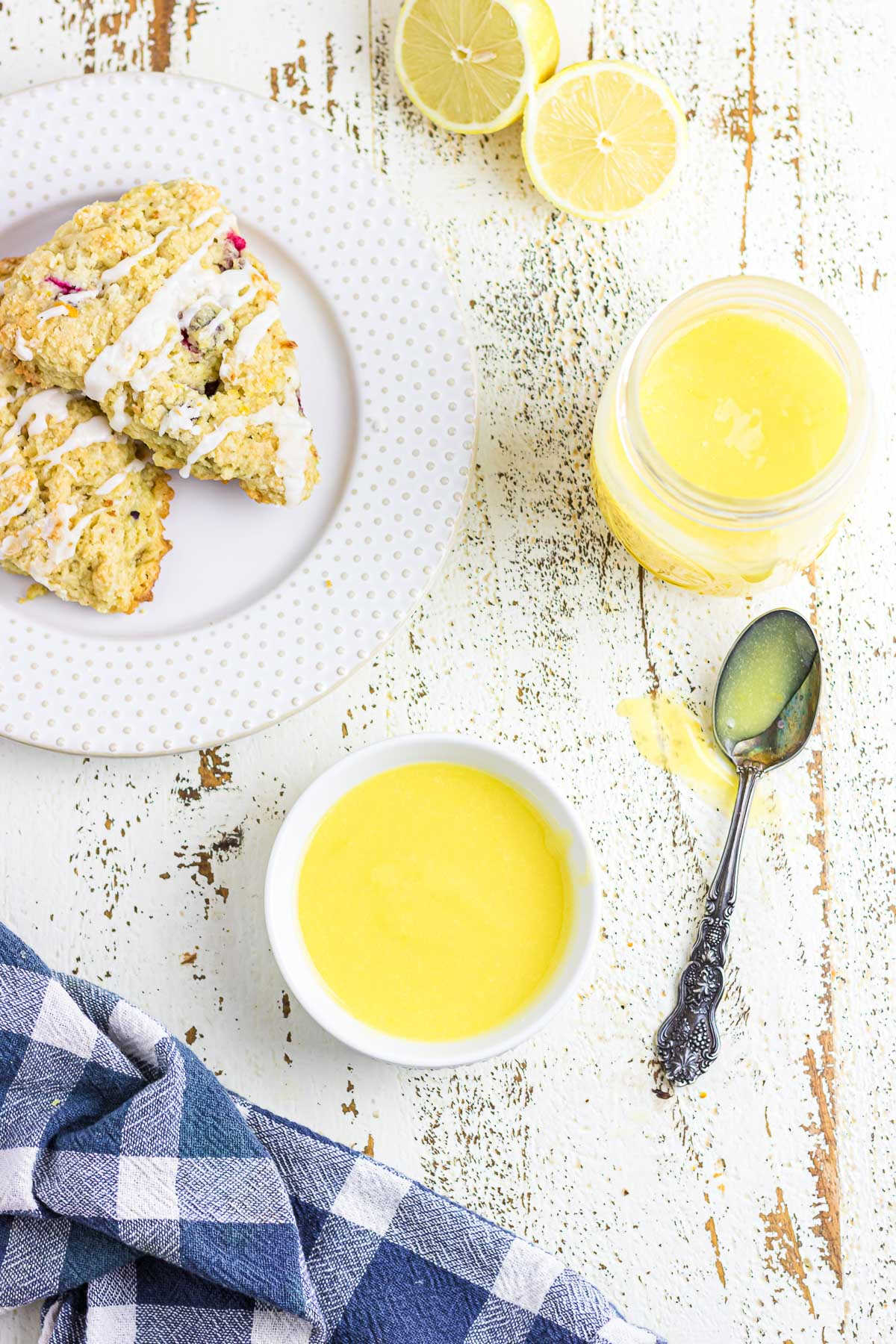
Table of Contents
🗝️ Key takeaways
- Delicious microwave lemon curd uses five simple ingredients and is ready in just 15 minutes!
- Spread homemade curd between cake layers or spoon it onto pound cake, french toast, vanilla ice cream, cookies, scones, or fresh fruit.
- This easy lemon curd recipe uses whole eggs—no need to separate the egg yolks from the egg white, and no fussy tempering, either.
With zingy, bright flavors and simple microwave prep, enjoying fresh lemon curd from scratch has never been so good.
Homemade lemon curd tastes even better (and is cheaper) than the commercial stuff you buy at grocery stores—try it and see for yourself!
🧾 Ingredients
This is an overview of the ingredients. You'll find the full measurements and instructions in the green recipe card (printable) at the bottom of the page.
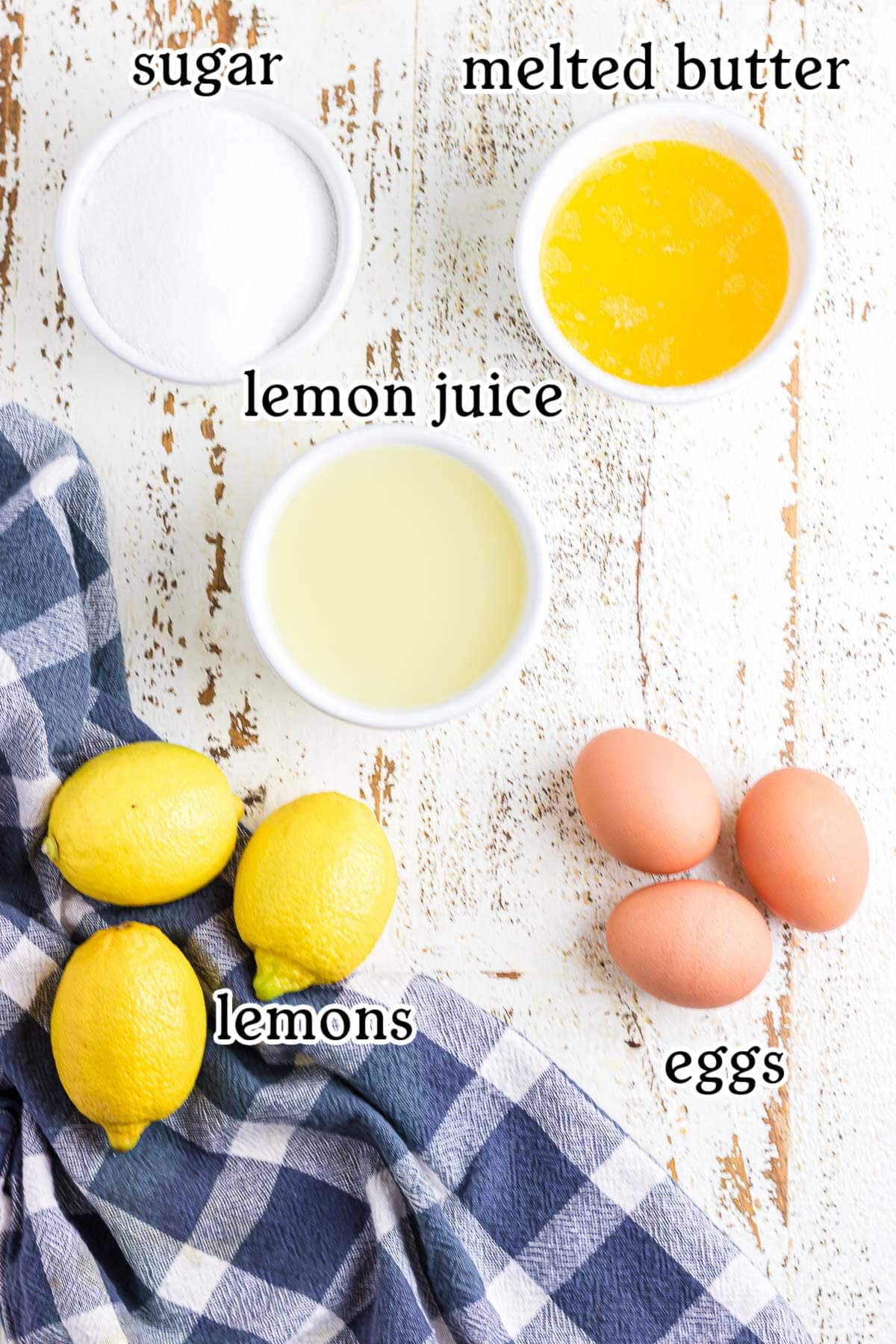
📖 Variations
- For thicker lemon curd, use only ½ cup lemon juice.
- You can use salted butter if you don’t have unsalted butter. It will just slightly alter the flavor of your curd, but shouldn't be noticeable.
- Adjust the amount of sugar depending on how you'll serve it. Use less sugar to make extra tangy lemon curd, or add more if you like it sweet.
- Create a different citrus curd with lime juice, orange juice, or grapefruit juice. Feel free to get creative—the process is the same!
- If you really love tangy lemon flavor spoon a little of this over a slice of lemon icebox pie. Pure heaven!
🍴 Equipment
You’ll need a lemon zester and a citrus juicer to make fresh lemon curd, in addition to standard kitchen stuff, like a spoon or spatula.
Be sure to choose a microwave-safe bowl!
🎥 Video
🥫 How to store leftovers
Refrigerate leftover lemon curd in an airtight container for up to one week, preferably in sealed jars. It keeps odors out better than plastic.
Don't forget to press a piece of plastic wrap on the surface of the curd to prevent it from forming a skin on top. (You'll still want to seal the container, too.)
Good news! You can make the deliciousness last even longer by freezing lemon curd—it'll keep for up to a year. Learn how to freeze lemon curd here.
Thaw frozen curd in the fridge overnight before serving cold or at room temperature.
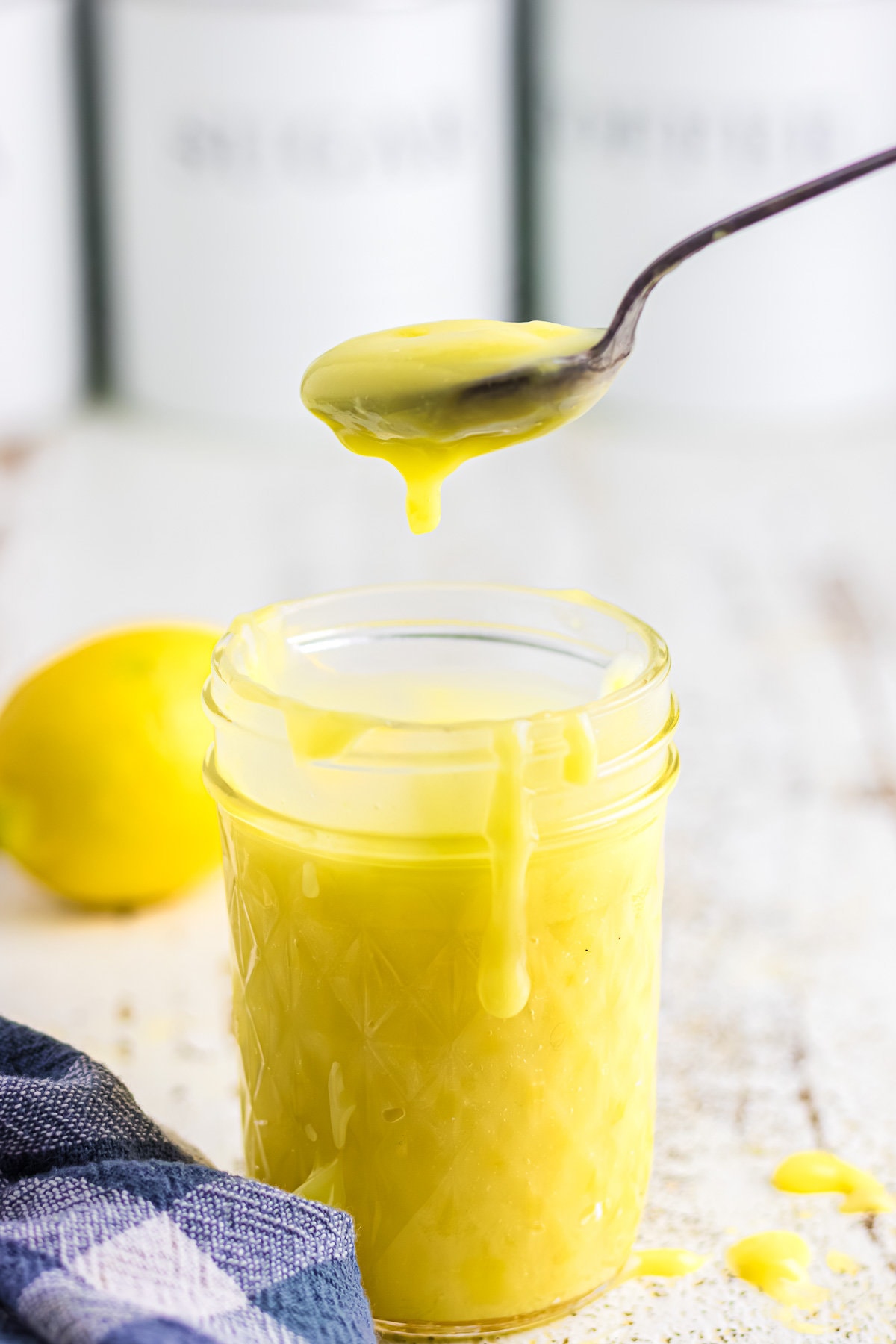
💭 Things to know
Expert Tip: When making lemon curd, always use room-temperature eggs. Cold eggs curdle more easily.
- Let the melted butter cool before mixing it with the eggs—it should be lukewarm but still liquid. Scalding hot butter will scramble the eggs!
- Every lemon contains a different amount of juice, so measure carefully. Too much juice will make your curd runny.
- You can use a handheld whisk, electric mixer, stand mixer, or food processor to blend the ingredients. Anything works here.
- Don’t mix the ingredients in stainless steel. Lemon juice is acidic and can react with metal—this could give your lemon curd a metallic taste.
- Use a large bowl and fill it halfway. Lemon curd naturally froths while it cooks, so putting too much lemon curd in the bowl will make it overflow in the microwave—what a mess!
- Don’t forget to stir well after each minute in the microwave. This helps the mixture cook evenly.
- Your lemon curd is thick enough when it coats the back of a spoon, and you can run your finger through it without it immediately filling back in.
- For an extra creamy lemon curd, strain it through a fine mesh strainer before storing.
- If you've curdled the eggs go ahead and strain the cooked lemon curd through a fine mesh strainer before storing.
- The best way to keep fruit curd is in a sealed glass container, like a large mason jar or several small glass jars. The pores in plastic containers will allow smells from other items in the fridge to leech into your lemon curd.
- If you're fond of canning, you can use sterilized canning jars to preserve lemon curd even longer.
👩🍳 FAQs
The shelf-life of lemon curd is one to two weeks in the refrigerator, and up to one year in the freezer. However, you can make lemon curd last even longer in the fridge by using the water-bath canning method of home food preservation.
Yep! Lemon curd grows mold and spoils easily. It'll keep for about a day at room temperature (if it's filling in a cake, for instance) but any longer than that, refrigerate it!
Nope! The best lemon curd is made with fresh lemon juice. Store-bought lemon juice contains preservatives and added ingredients that will ruin the flavor and texture of your lemon curd.
The good news is that runny lemon curd is easy to fix! Just microwave it a little more until it reaches the right consistency and coats the back of a spoon.
You either overcooked the egg mixture or didn’t stir it enough while it was cooking. If straining your curd through a fine mesh strainer doesn’t remove the eggy flavor, you’ll need to make a new batch.

📚 Related recipes
- Old-Fashioned Lemon Meringue Pie is a lemon lover's paradise—the flaky crust, tangy lemon filling, and airy meringue are drool-worthy!
- Moist and buttery Lemon Sheet Cake with Whipped Lemon Frosting is quick to make and easy to store. It's the perfect anytime treat.
- Lemon Pudding Bundt Cake is a hard-to-resist Southern dessert with a dense, moist crumb and tart lemon glaze.
🍽️ Serve with...

Take the lemon flavor in these delicious Lemon Blueberry Scones to the next level by slathering them with fresh lemon curd!
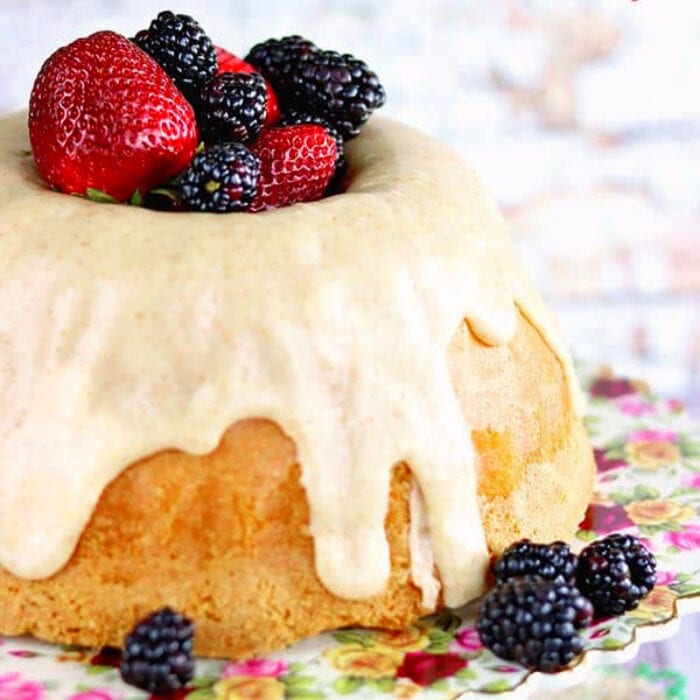
Enhance the tangy vanilla flavors in this Buttermilk Pound Cake by serving it with a dollop of fresh lemon curd on top of the brown butter glaze! The combination of the two strikes a perfect balance between sweet and tart.
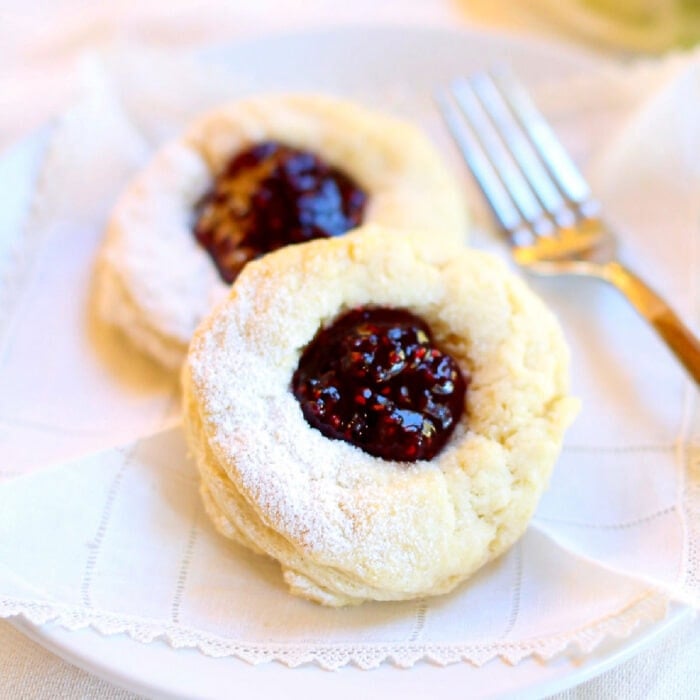
Homemade curd also makes the best lemon filling for thumbprint cookies. Replace the raspberry jam in my Starbucks copycat Raspberry Thumbprint Scones with lemon curd, and be prepared to be wowed.
📞 The last word
I love this tangy condiment for so many reasons. It's so easy to make that you'll want to have it on hand for the next time you cut a slice of English muffin bread. Oh my gosh - what a treat.
If you click on the number of servings in the recipe card you can adjust the measurements up or down for the exact number of servings you need.
If you love this recipe please comment below and give it 5 stars! ⭐️⭐️⭐️⭐️⭐️
📖 Recipe
Lemon Curd
Print Pin Recipe Save Recipe Rate RecipeIngredients
- 1 cup sugar
- 3 eggs
- 1 cup lemon juice
- 3 lemons, zested
- ½ cup butter, melted coold to lukewarm but still liquid.
Instructions
- Whisk together the sugar and the eggs until smooth in a microwave safe bowl.
- Stir in lemon juice, zest, and melted butter
- Microwave on high in one minute. Stir.
- Continue microwaving in 1 minute intervals, stirring after each interval until mixture coats the back of a spoon.
- Remove from microwave and spoon into a clean pint jar or other container.
- Refrigerate.
Notes
- Let the melted butter cool before mixing it with the eggs—it should be lukewarm but still liquid. Scalding hot butter will scramble the eggs!
- Every lemon contains a different amount of juice, so measure carefully. Too much juice will make your curd runny.
- Don’t mix the ingredients in stainless steel. Lemon juice is acidic and can react with metal—this could give your lemon curd a metallic taste.
- Use a large bowl and fill it halfway. Lemon curd naturally froths while it cooks, so putting too much lemon curd in the bowl will make it overflow in the microwave—what a mess!
- Don’t forget to stir well after each minute in the microwave. This helps the mixture cook evenly.
- Your lemon curd is thick enough when it coats the back of a spoon, and you can run your finger through it without it immediately filling back in.
- If you've curdled the eggs go ahead and strain the cooked lemon curd through a fine mesh strainer before storing.
- The best way to keep fruit curd is in a sealed glass container, like a large mason jar or several small glass jars. The pores in plastic containers will allow smells from other items in the fridge to leech into your lemon curd.
Nutrition Facts
Nutrition information is estimated as a courtesy. If using for medical purposes, please verify information using your own nutritional calculator. Percent Daily Values are based on a 2000 calorie diet.
This recipe has been tested several times. If you choose to use other ingredients, or change the technique in some way, the results may not be the same.















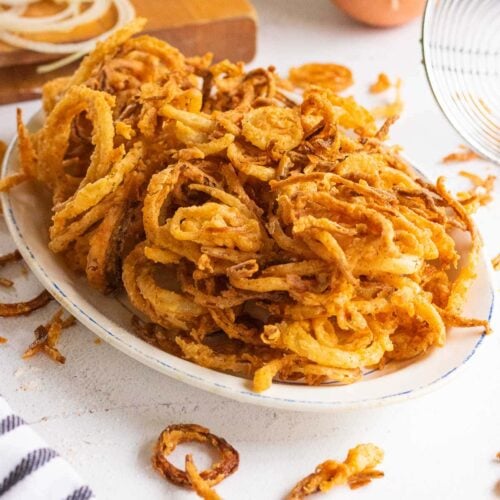
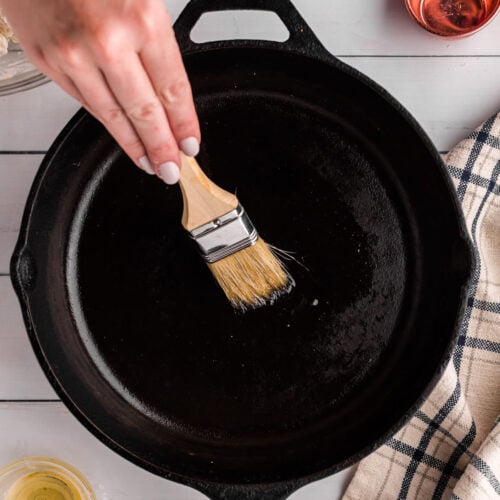
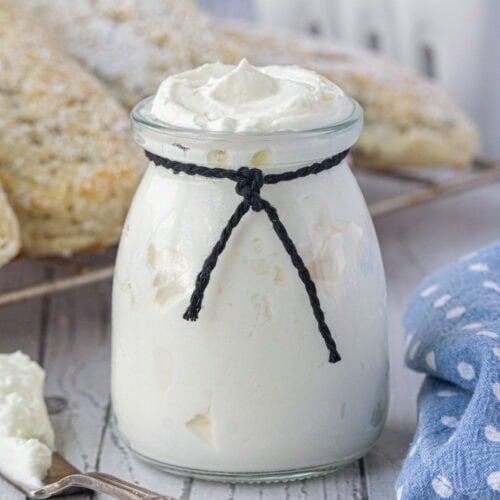
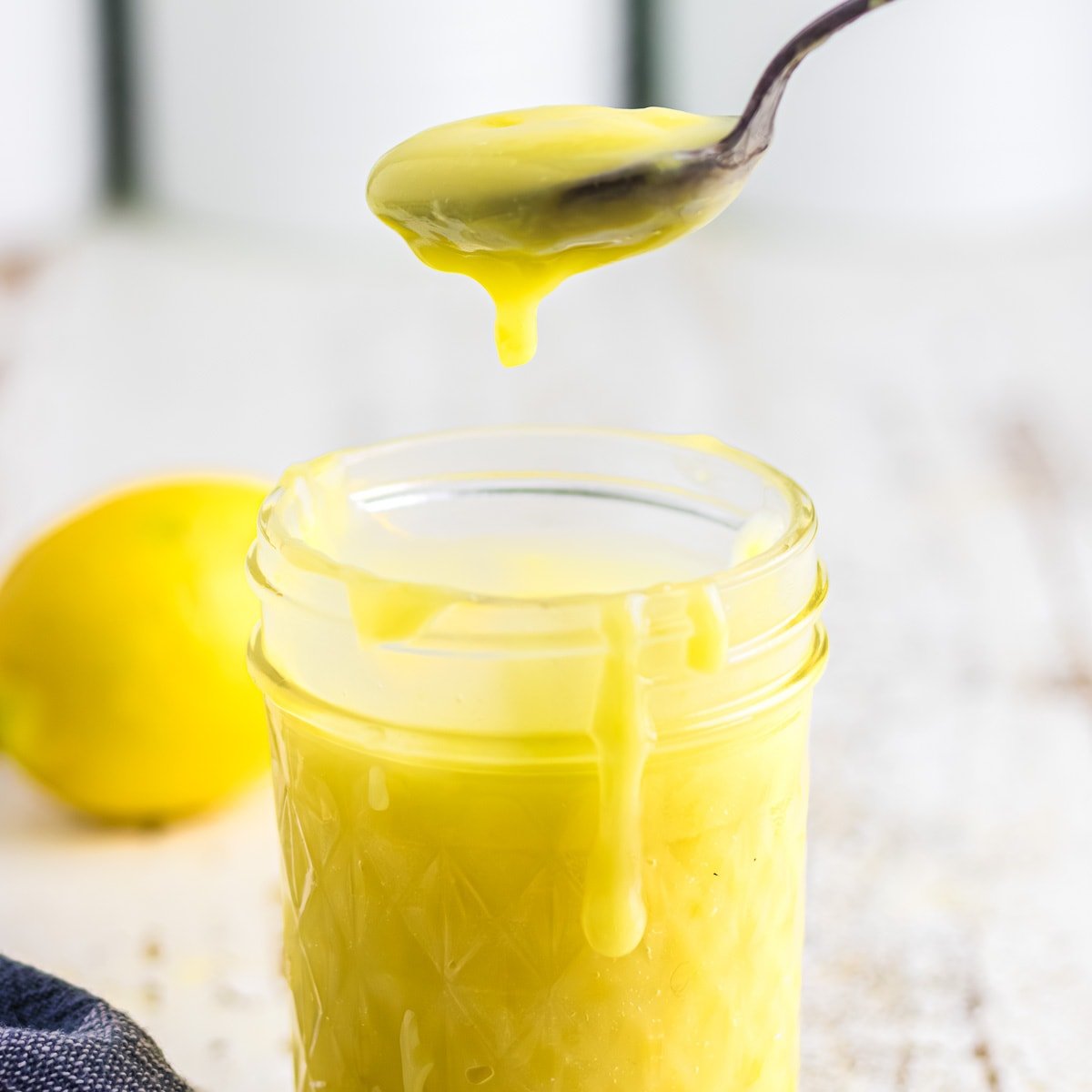
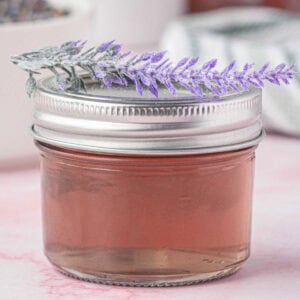
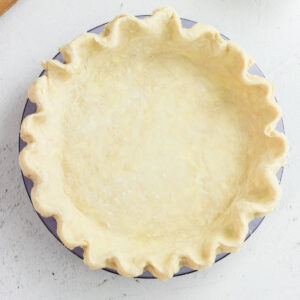


Comments
No Comments